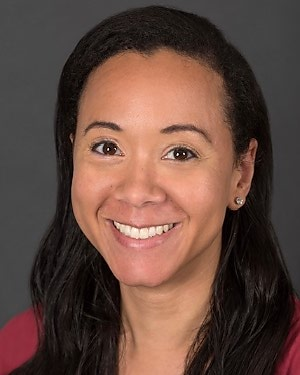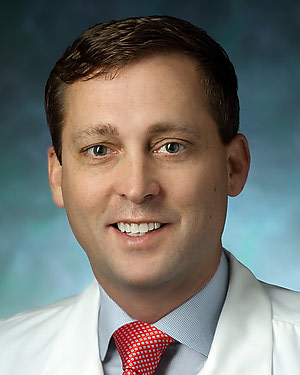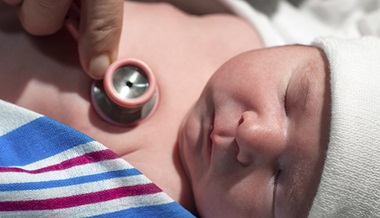Patient Story
Total Anomalous Pulmonary Venus Return: Beau’s Story
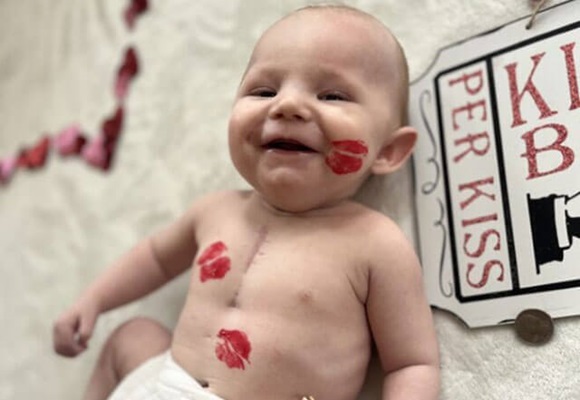
Patient Story Highlights Patient Story Highlights
- At 37 weeks of pregnancy, Ashley and Ryan learned their unborn son, Beau, had a potential congenital heart defect.
- Doctors found that his pulmonary vein was not connecting to his heart or getting enough oxygen.
- Five days after Beau was born, Bret Mettler, M.D. performed an open heart operation on Beau.
At 37 weeks of pregnancy, Ashley Turfle and her husband, Ryan, were told that findings from their son’s ultrasound indicated a possible congenital heart defect. Their doctor recommended an echocardiogram of the baby’s heart once he was born.
A few hours after Beau’s birth two weeks later, something wasn’t right.
“I noticed his coloring was purple,” Ashley says. Beau was rushed to the local neonatal intensive care unit. After an echocardiogram, the family was told there was concern about the newborn’s pulmonary vein connected to his heart, and that he wasn’t getting enough oxygen. Beau was transferred to Johns Hopkins Children’s Center in Baltimore for specialized care.
Discovering TAPVR
Johns Hopkins doctors confirmed that Beau had a heart condition: total anomalous pulmonary venous return (TAPVR), which affects about one in every 7,809 babies born in the U.S. each year. His pulmonary veins were not in the usual position, causing oxygen-rich blood to go to the wrong part of the heart. This led to oxygen-rich and oxygen-poor blood mixing together, and to breathing difficulty. Beau needed urgent surgery to restore normal blood flow to his heart.
“It was a whirlwind of emotions,” Ashley recalls. “They explained that complications can happen. But everyone at the hospital made us feel so comfortable, that I wasn’t worried about the surgery.”
Five days after Beau’s birth, Bret Mettler, M.D., director of pediatric surgery and co-director of the Blalock-Taussig-Thomas Pediatric and Congenital Heart Center at Johns Hopkins Children’s Center, performed open-heart surgery on him. It was successful.
At almost 20 days of age, Beau was able to go home with the help of additional oxygen support. For follow-up care, Beau has routine checkups with Carmel Bogle, M.D., pediatric cardiologist at the Children’s Center. His continued care plan includes physical and occupational therapy, and being weaned off the additional oxygen support.
Beau’s family members say they couldn’t be more grateful for the care received, and his doctors say he is developing well.
“He feeds by mouth,” says Mettler. “He hasn’t had any pneumonia. He is growing and developing. We’re excited to watch Beau’s progress and see all that is ahead for him.”
Beau's Treatment Team
The Blalock-Taussig-Thomas Pediatric and Congenital Heart Center
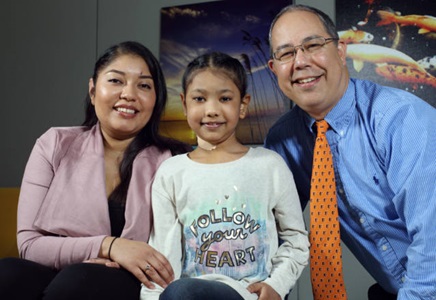
Our pediatric heart specialists provide the most advanced diagnosis and treatment for your child through adulthood in one place.

